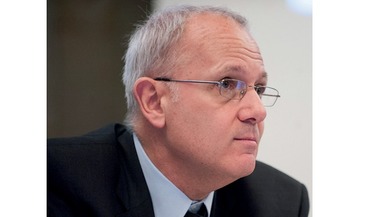 February 2018
Our space future lies in innovation
February 2018
Our space future lies in innovation
... technical procedures that delivered Ariane 5, Europe’s most successful launcher to date. Here, in conversation with ROOM’s Managing ...now applied across our five fields of activity - launchers, science, observation, communications and defence. Our ...
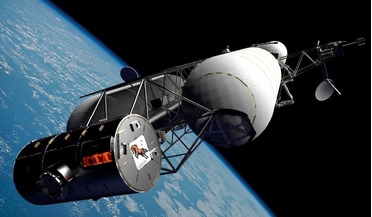 August 2020
Scorpion – a study of the possible
August 2020
Scorpion – a study of the possible
... transport system developments that could improve the transport economics. Such developments include a heavy-lift reusable launcher (without return capability), specialist cargo and tanker in-orbit transports using the Scorpion’s Serpent engines and...
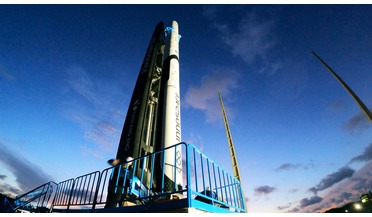 06 March 2023
INNOSPACE targets test launch from Brazlian base
06 March 2023
INNOSPACE targets test launch from Brazlian base
... by DCTA and other institutions. INNOSPACE was founded in 2017 and is developing hybrid rocket-powered small satellite launchers (HANBIT) to provide low-latency, low-cost and reliable launch services in today's rapidly expanding small satellite...
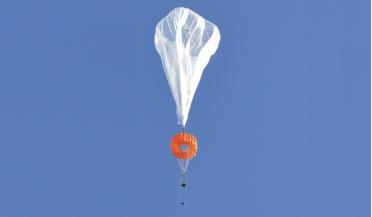 October 2025
Pioneering affordable and flexible access to near space
October 2025
Pioneering affordable and flexible access to near space
...-altitude solutions within the space value chain. B2Space’s initial focus was the development of a small satellite launcher using balloon technology. This work laid the technical foundations in high-altitude balloon systems, atmospheric modelling...
 02 December 2014
Angara test launch
02 December 2014
Angara test launch
... with solid satisfaction by the all-Russian manufacturers, the Khrunichev State Research and Production Center. This launcher is able to fly from the Plesetsk Cosmodrome on mainland Russia, without the need for access to the Baikonur...
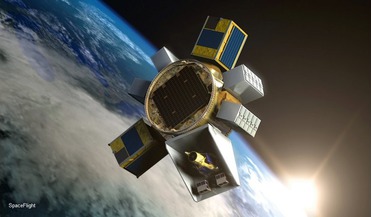 March 2015
Sky links: from multi-satellite systems to nano-launchers
March 2015
Sky links: from multi-satellite systems to nano-launchers
... at launch Aside from this, light class rockets are being actively developed – occasionally referred to as “nano-launchers.” These include module rocket systems such as Neptune, made by Interorbital Systems. Frequency limitations Lack of frequency...